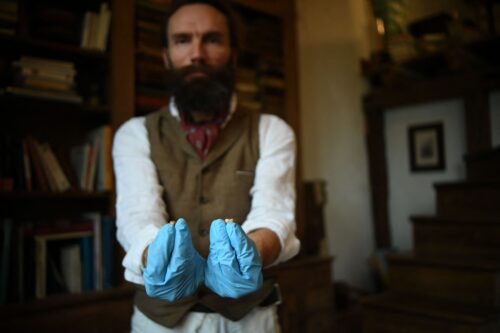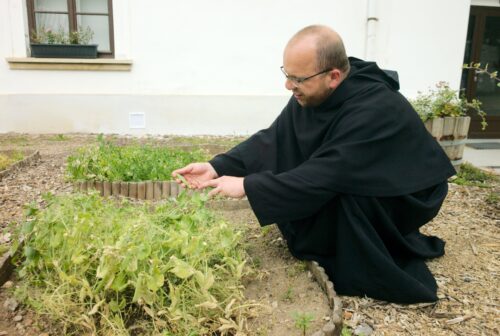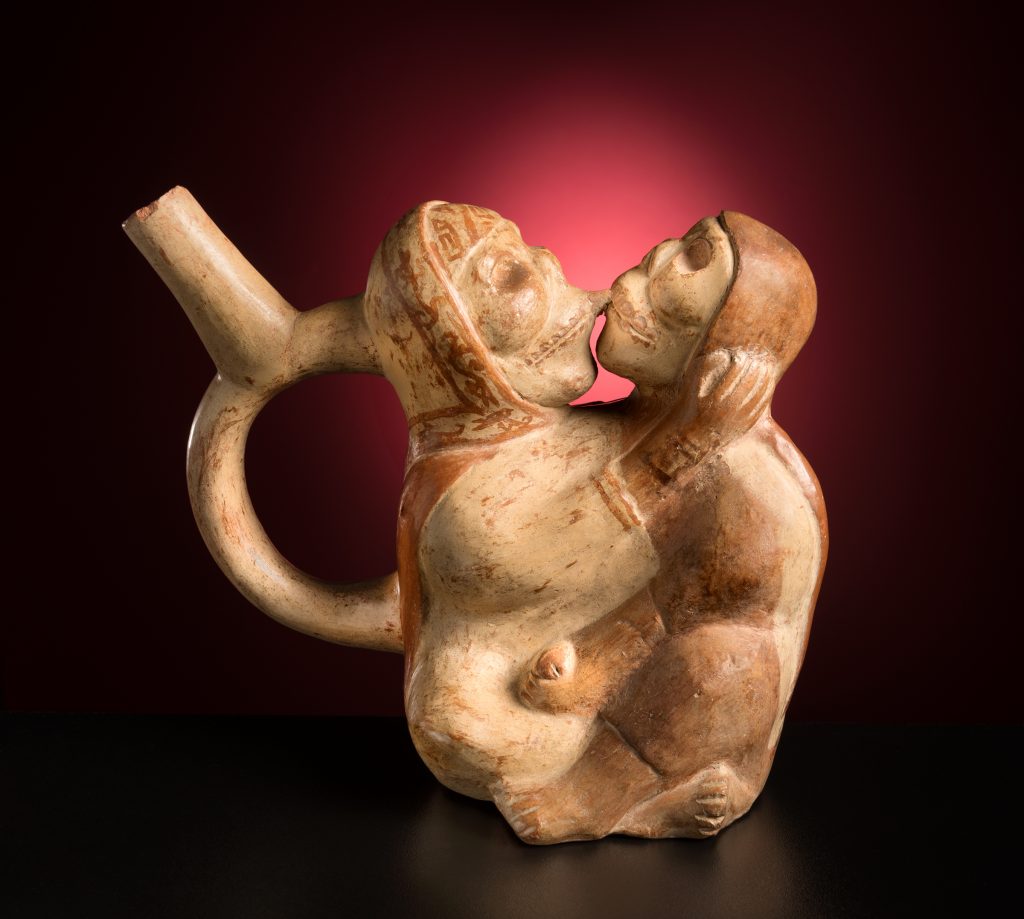Skeleton Sex Pots
The Moche, one of the world’s great ancient civilizations, occupied the northern coast of Peru from roughly A.D. 100 to A.D. 800. They produced beautiful ceramic vessels; hundreds of thousands are in museums worldwide.
A unique subset is composed of “erotic” pottery, or “sex pots.” Inelegantly—albeit appropriately—named, Moche sex pots depict human figures engaged in a wide range of sex acts involving mouths, hands, nipples, genitals, anuses, and tongues. Fellatio, masturbation, and anal sex are commonly depicted; cunnilingus and vaginal penetration by the penis are rarely depicted.
What, exactly, do these pots mean? What was their function?
At first glance, people often assume that sex pots were designed to titillate, to be erotic if not pornographic. Such interpretations often say more about us—the contemporary interpreters—than they do about the people who made the pots. Indeed, sex pots are part of an extensive cultural tradition spanning more than 1,000 years of Andean civilization.
About 500 Moche sex pots are held in museum collections around the world; the Denver Museum of Nature & Science (DMNS), where I am chair of the department of anthropology, has several. One is a well-preserved and fully functional stirrup vessel with a hollow interior chamber for holding liquid, like chicha, a corn beer. The liquid is consumed by drinking from the hollow stirrup spout. More than 1,200 years old, this Moche sex pot (shown above) depicts a female skeleton masturbating a shawl-wearing male skeleton, who embraces and kisses her in return.
This pot and others like it from the northern coast of Peru raise myriad questions about love, romance, reproduction, regeneration, ancestor worship, and fertility, among other concepts. Why skeletons? Why masturbation? While modern Western eyes may focus on the act of masturbation, it may be that the skeletons are just as important to the accurate interpretation of the vessel’s meaning.
Like the vast majority of Moche sex pots known worldwide, the DMNS pot was either looted or collected decades ago, before archaeologists recorded contextual data in detail. Therefore, relatively little beyond basic description can be definitively said about these pots. Still, tantalizing clues can be found when contextual data are available.
Archaeologists believe that most Moche sex pots come from tombs, some of which bear conclusive evidence that they were opened and reopened on a ritual basis and should therefore be seen as sites of social and political reproduction. Tantalizing clues are also available if we examine anthropological understanding of religious traditions in Andean populations.
An anthropologically informed analysis suggests that the pots are not erotica.
Ancestors were paramount in pre-Columbian Andean religious life. Given this, the skeletal masturbation scene is not strictly about a nonreproductive sex act—it is about establishing and maintaining continuity between the living and the dead.
At the risk of stating the obvious, skeletons do not have erect penises. That organ’s presence on a skeleton alludes to the fertility, and therefore to the power, of the ancestors. Although Moche perspectives on sex and reproduction can never be completely understood from these pots, an anthropologically informed analysis suggests that the pots are not erotica or pornography. They are, rather, about heritage.
(Ironically enough, the term pornography was coined in 1850 by the German archaeologist C.O. Müller to describe supposedly obscene materials he was then excavating at Pompeii. By coining this word, which is derived from the Greek pornographein [“to write about prostitutes”], Müller set a terminological course for nearly two centuries of misinterpretation of ancient Roman sculptures, murals, amulets, and other accoutrement that, like Moche sex pots, depict a wide range of sex acts and organs. Evaluated in archaeological context, Roman “erotica” has nothing to do with prostitutes, brothels, or even, apparently, titillation. But that’s a story for another day.)
There is clearly more to Moche sex pots than meets the eye, and many questions remain. Who made them? Were they used only by elites, or did commoners have access to them? Were they strictly for ritual use, or were some used in everyday activities? In attempting to answer such questions, our own societal mores can bias our perspectives.
At best, we often fall back on culturally specific, supposedly commonsense knowledge that has nothing to do with the archaeological culture in question. At worst, we make sophomoric assumptions demonstrating residual Victorian prudishness.
While steadfastly refusing to define hard-core pornography in a famous 1964 ruling, U.S. Supreme Court Justice Potter Stewart famously declared, “I know it when I see it,” thereby assuming that all Americans shared his sensitivities, interests, and biases.
Had Stewart seen a Moche sex pot, he would have deemed it pornographic. And he would have been wrong.






























